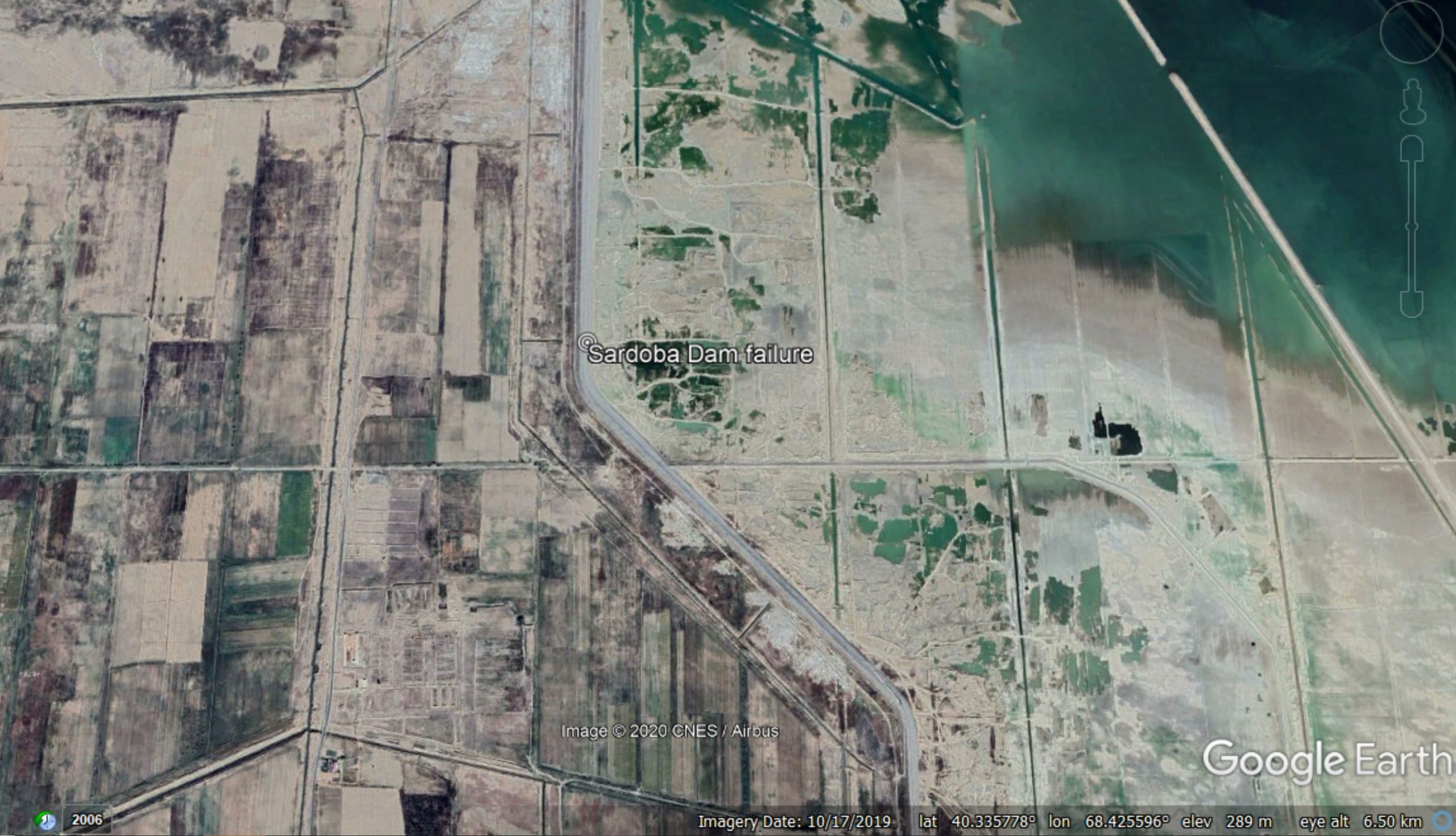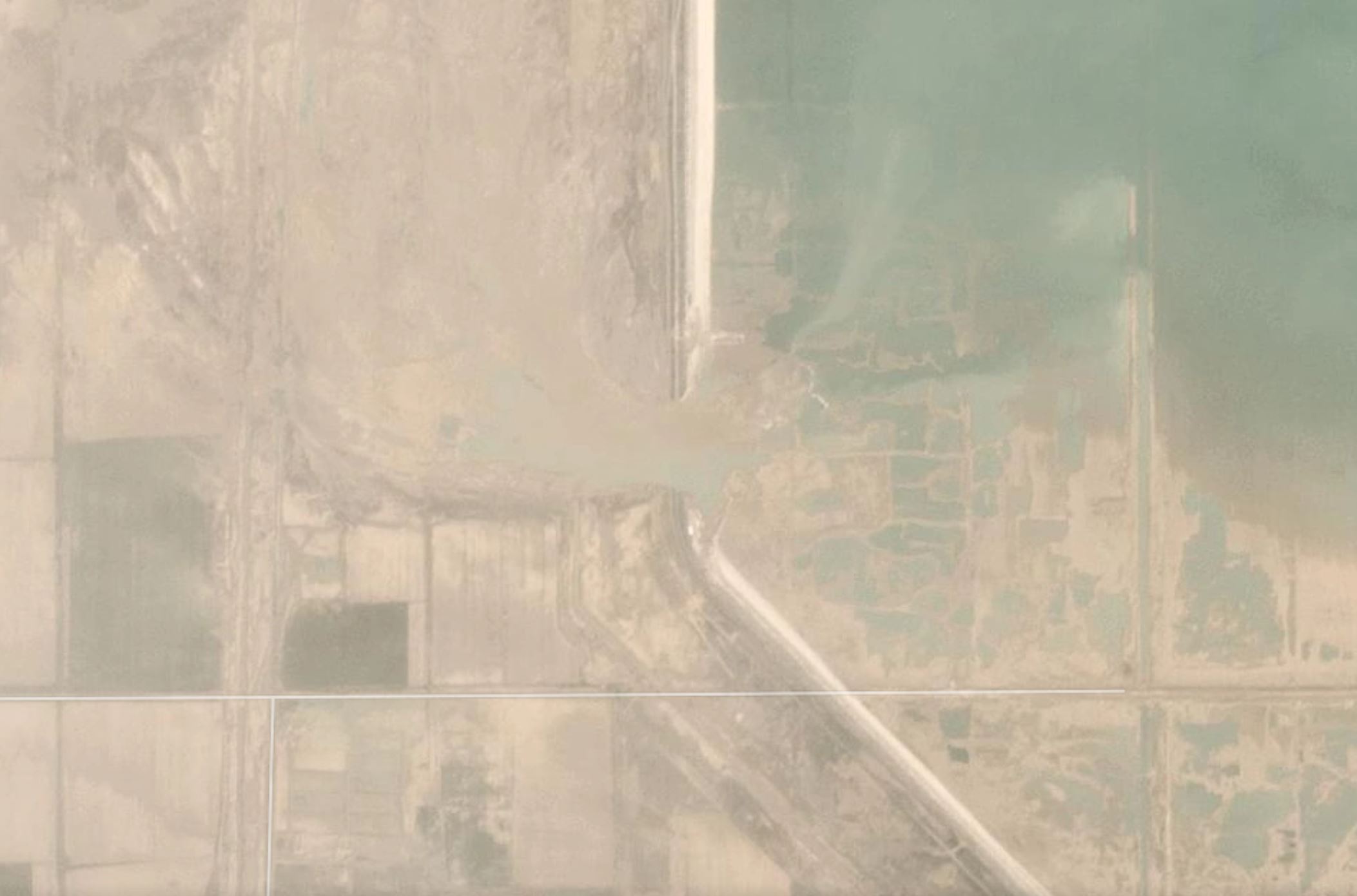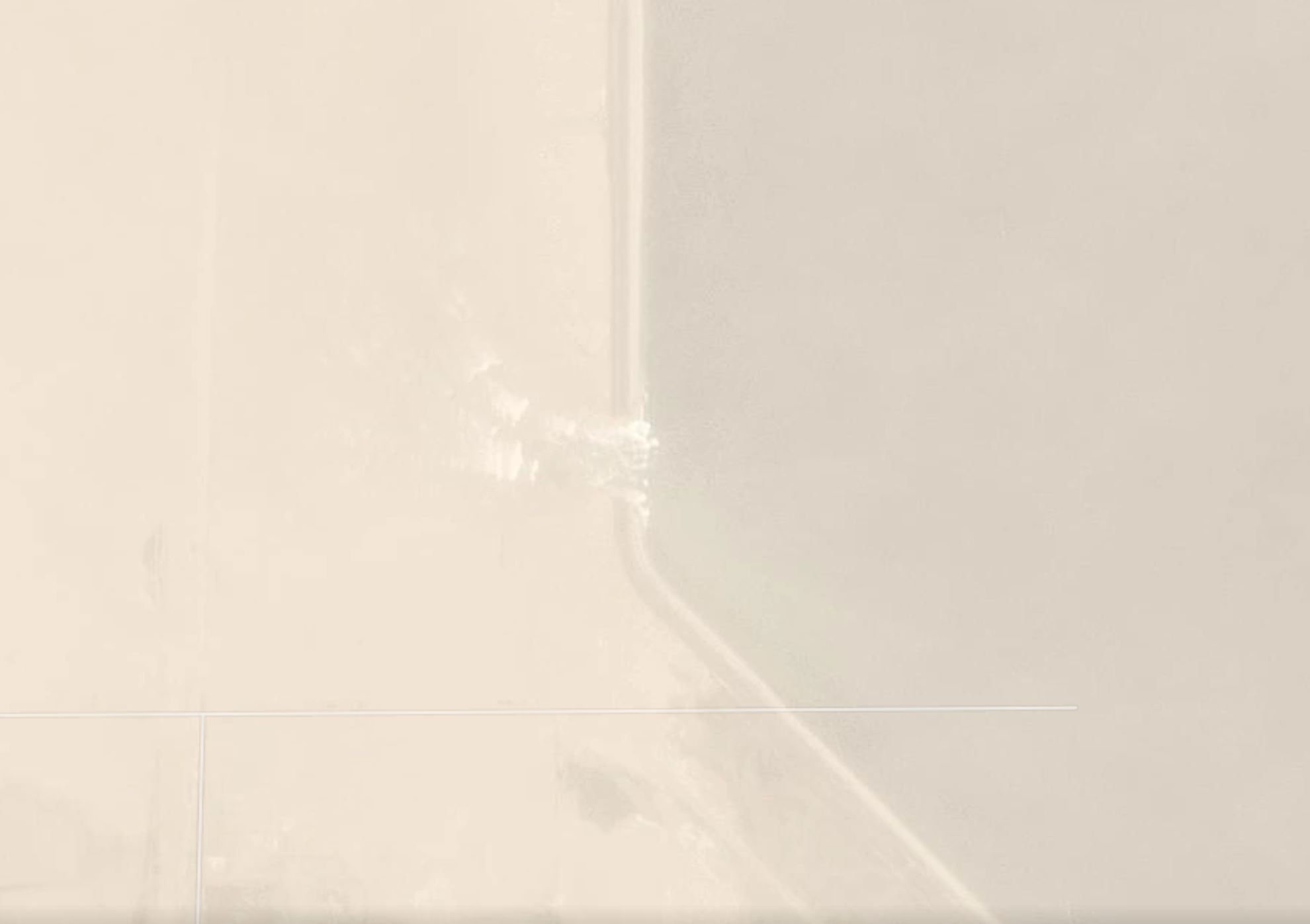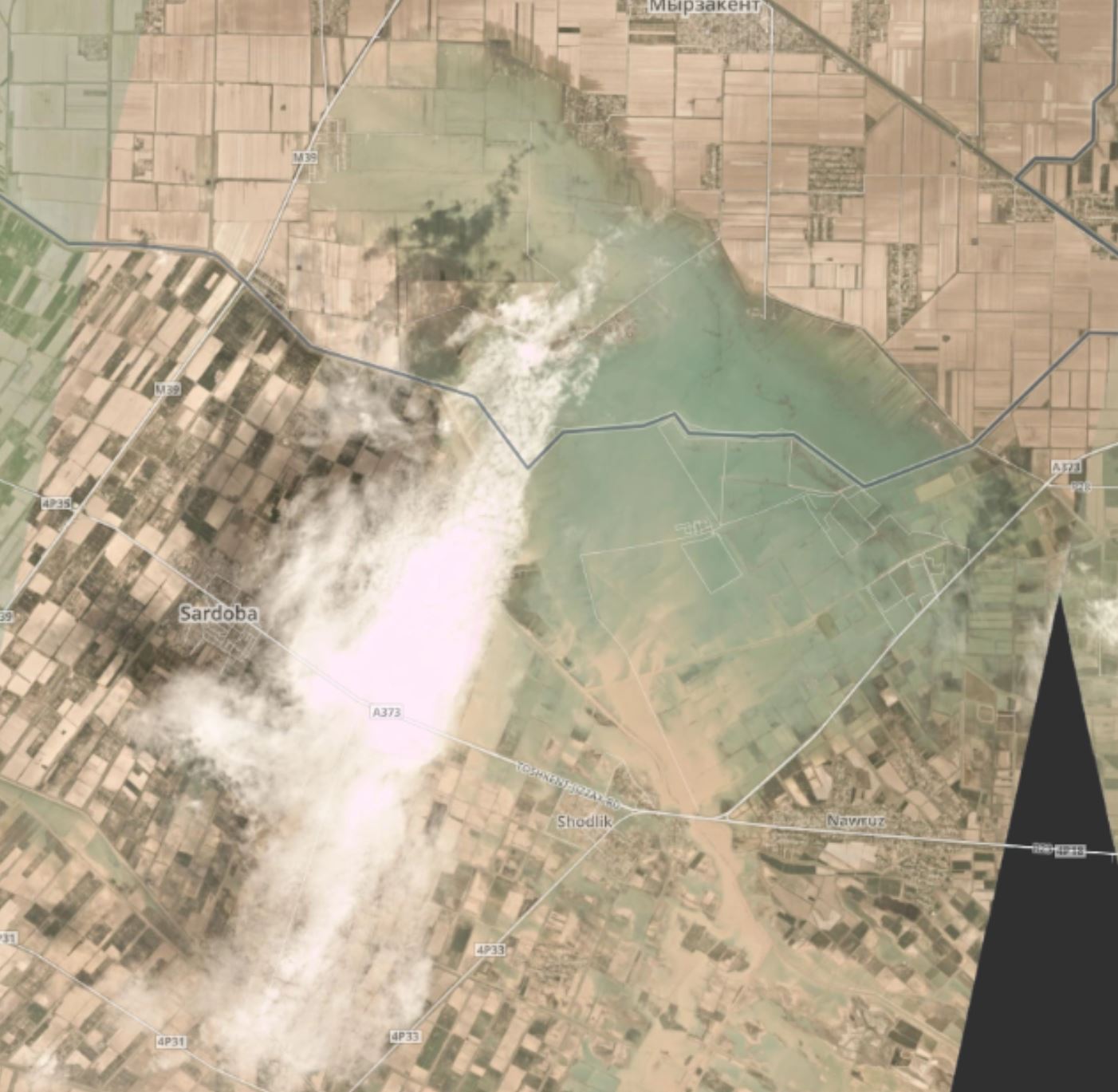4 May 2020
Sardoba Reservoir: a major dam collapse in Uzbekistan on 1 May 2020, plus the EGU2020 Day 1 programme and a car crash interview about diversity in the geosciences
Posted by Dave Petley
Sardoba Reservoir: a major dam collapse in Uzbekistan on 1 May 2020, plus the EGU2020 Day 1 programme and a car crash interview about diversity in the geosciences
On Friday 1 May 2020 a major collapse occurred in the earth-filled dam of Sardoba Reservoir in Uzbekistan, causing extensive flooding. The video below, posted to Youtube, shows the breach with water pouring through, and the development of the resultant flooding:-
.
News reports suggest that up to 70,000 people were evacuated and 50 people were injured. An investigation has been launched.
The dam is comparatively new – most reports suggest that the reservoir was completed in 2017 – suggesting that there was either a design or a construction error. The location is 40.337, 68.421. Below is a Google Earth image, from 2019, showing the embankment. I have pinpointed where the failure occurred. At the time of the image the reservoir was not full:-

Google Earth image of the location of the Sardoba Dam failure on 1 May 2020.
.
Planet Labs have captured a slightly hazy but admirably clear image of the site of the dam failure:-

The location of the Sardoba Dam failure. Planet Labs PlanetScope image captured on 3 May 2020. Copyright Panet Labs, used with permission
.
Note the breached embankment, the drained reservoir and the clear downstream erosion and outwash deposits. Interestingly, the image from 1 May 2020, the day of the breach, we affected by haze or high altitude cloud. However, the image does capture the ongoing failure of the structure:-

The Sardoba Dam failure in action. Planet Labs PlanetScope image captured on 1 May 2020. Copyright Planet Labs, used with permission,
.
This image, also from 3 May 2020, shows the very extensive flooding downstream:-

Flooding from the Sardoba Dam failure in action. Planet Labs PlanetScope image captured on 3 May 2020. Copyright Planet Labs, used with permission.
.
On reflection 1: EGU General Assembly Day 1
Today is the start of the EGU2020 virtual meeting. This are the landslide sessions on Day 1 (this time I have included submarine landslides too):-
.
On reflection 2: 1970s attitudes towards diversity from the President of the AAPG
This interview with the President of the American Association of Petroleum Geologists is simply jaw-dropping:-
It is hard to know where to start with this. There is a need for some serious self-reflection by the individual and the organisation.
Reference
Planet Team (2020). Planet Application Program Interface: In Space for Life on Earth. San Francisco, CA. https://www.planet.com/


 Dave Petley is the Vice-Chancellor of the University of Hull in the United Kingdom. His blog provides commentary and analysis of landslide events occurring worldwide, including the landslides themselves, latest research, and conferences and meetings.
Dave Petley is the Vice-Chancellor of the University of Hull in the United Kingdom. His blog provides commentary and analysis of landslide events occurring worldwide, including the landslides themselves, latest research, and conferences and meetings.
Dear Dave, great to see you in Uzbekistan!
The RwB Coalition published all we knew as of yesterday http://www.transrivers.org/2020/3066/. Likely reasons of this tragedy – corruption and negligence. As of yesterday 92000 people were evacuated in two countries.
Could You please publish the wider image that shows the path of water from the breach in the dam on south-western side of the reservoir to the extensive flooding north of the reservoir on both sides of Uzbek-Kazakh border? The breach in the dam and flooded area are more than 50 kilometers apart…Is it correct?
I have reasonable doubt that all flooded areas were flooded just due to dam failure:
1. The failure occurred on the wall of the shallow upper part of the reservoir, while on May 2 MODIS we see that most of reservoir has been emptied See https://go.nasa.gov/3b5tN2K .
2. There are hints in the media that “forced draining was stopped, when flooding of downstream areas became apparent”.
3. There is a popular video from Uzbekistan that shows an uncontrolled fountain of water under pressure, which comes from under a dam, rather than through a breach in a dyke: https://www.youtube.com/watch?v=chvfBoXY5DM&feature=youtu.be
This makes me think, that large scale flooding in two countries was caused not only by dam failure, but also by haphazard efforts to lower the level of the reservoir coupled with pouring rains in the area. Best image of flooded areas accessible to everyone today is EOSDIS https://go.nasa.gov/3feRh90
since you have access to better imagery -please check whether my allegations are right or wrong.
Eugene
[The path of the water between the dam and the inundated area is clear – I will try to put together a blog post to show this. The water was channelised near to the dam, then appears to have flowed over a very broad plain that is now free of floods again (but the flood damage can be seen), and then collected in the inundated area. I cannot see any other source of water for this particular flood. Other areas may of course have been inundated by releases elsewhere. D.]
AAPG is clinging to the doorjambs of the 21st Century with respect to climate change as well, saying “more study is needed.” This organization is the holdout of the sciences with respect to scientific progress. That said, in the late ’80s when I was an undergrad the male:female ratio was probably 5:1 or something like that. The lack of representation is historic and rooted in the greater neglect and imbalance of women in STEM fields.
I wish you would start somewhere with that interview–it seems eminently reasonable. He mentions programs to provide incentives to women to enter an industry in which they’re historically underrepresented, women in the running for organizational posts, and, yes, observations about risks women face in remote areas.
“I look at people and their abilities….these are very strong and resourceful [people], and that’s why they’re leading some of the largest companies in the world…next year…there’s a chance that half of the executive leadership could be female…I look for the strongest people out there that have the talent and ability to do it.”
And I certainly don’t want my daughter traipsing about (in a professional manner, obviously) in very remote areas. The world is not a nice place.
[You are entitled to your opinions of course, but I disagree with almost everything you have written. In 2014 the Royal Society announced the award of 43 Research Fellowships, of which only two went to women. Their initial response to the controversy was to say that the processes were completely fair and that the awards were made purely on merit – i.e. essentially the same narrative as that of the Chair of AAPG. But they then investigated it properly in detail, and found that their “fair” processes discriminated against women, and other groups, at every stage. You can access details about this here: https://blogs.royalsociety.org/in-verba/2015/02/26/gender-and-university-research-fellowships/
For 30 years I have worked extensively with women in very remote and difficult locations, in Nepal, Chile, Taiwan, New Zealand, China and many other locations. I see no reason whatsoever to think that they are any less capable, or any less safe, in such environments. I don’t see any evidence that women who have worked in these environments think it is unwise either.
And finally, what is it with the use of the term “females”? We don’t routinely call men “males”. It really is fine to say “women”. Female geologists would show some professional respect as an alternative. Doesn’t the use of the term females tell us something quite profound?
This should really matter to AAPG. They are missing out on huge talent by not attracting women into the profession. The oil industry faces many, many challenges in the years ahead. Surely the AAPG should want the very best people in their ranks to help them address this? D.]
As Climate Chaos gets worse, humanity must become more competent. Can anybody else recall when the US Bur. of Land Man’g’t dam positioned on volcanic ash collapsed near Idaho Falls? Anybody remember the US Army Corps of Eng.’s copy-cat mass murder of some 800,000 fish, directly caused by their reusing the concrete spillway design which had earlier caused mass murder of fish. That was Harry S Truman Dam & Res. by Warsaw, MO. Is the Incompetence Pandemic Plaguing Planet EARTH accelerating?
In hindsight, we experienced that I. Pandemic on 24, 25, 26, 27 etc Dec, 1965!!!